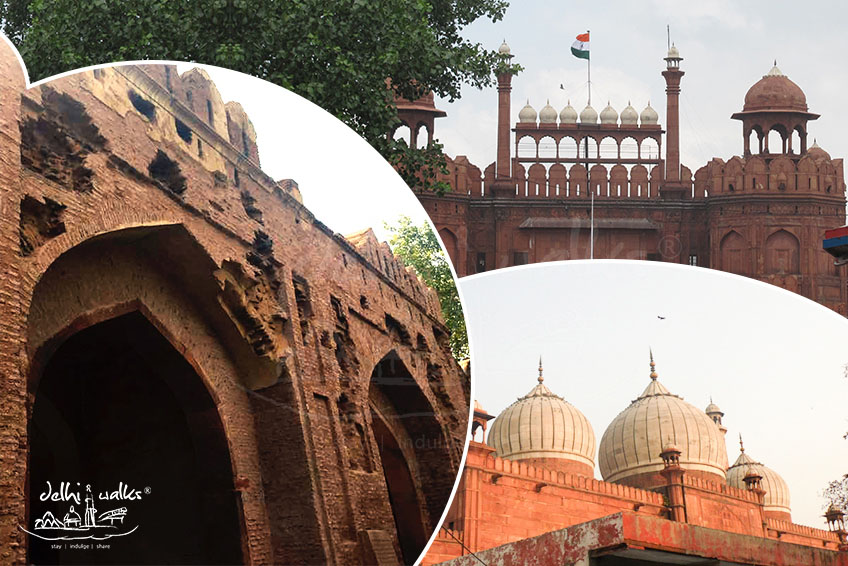Have you thought that your thirst for explorations can be quenched by not making a hole in your pocket? The metro yellow line lets you cover at least seven historically relevant places in a span of some hours, without worrying about the chock-a-block traffic or an unpredictable weather. Does that sound impossible to you? India City walks, is here to make this happen!
‘Metro Walks’ is an interesting new way to experience your heritage offering world class comfort and convenience where in a zipped air-conditioned comfort you can listen to stories of your city while you are on transit from one destination to another. No need to worry, just hop into the metro to make the metro ride full of memorable experiences with utmost diverse yet intriguing history and legacy. So before you hop on with us, get a glimpse of what you will be going to see on our carefully curated pit stops. Handpicked by us to block your day for some history of Delhi and an exciting ride around the city!
The Purple line has been termed by the metro itself a heritage line because the line is travelling through the history of Delhi from Sultanate to Mughals and back. The originating station which is Kashmiri Gate is itself a historical site, offers a plethora of places to look around and unravel a lot of stories related to the British Empire in India.
From Kashmiri Gate, we can hop into the metro, and travel Lal Qila, which is the Hindi name for Red Fort. Qila-e-Mubarak was the residential complex for Shahjahan. Commissioned in 1638, the palace was conceptualized after the decision to shift the capital from Agra to Delhi was taken by the emperor. The precincts surrounding the residential complex later was supposed to be the seventh city of Delhi, called Shahjahanabad, which is in modern times called as Old delhi.
Walking a little ahead from Red Fort towards main street Chandni Chowk, is one of the picturesque mosques in the country. Commissioned by Shahjahan, located right at the beginning of Chawri Bazaar street, the mosque is one of the main spots of the city of Shahjahanabad. Feast your eyes on the magnificent four towers and beautiful architecture of the mosque. Walking through Jama Masjid towards the Red fort area, you can stumble upon a small mosque, which was built by the Mughal 18th century nobleman Roshan-ud-Daulah, later repaired by Bahadur Shah Zafar II. The prominence of the mosque is of the fact that the invader Nadir Shah would sit and watch the massacre of Delhi, from this mosque precinct.
Traveling right from the Red Fort complex towards the Delhi gate area, to enjoy a plethora of anecdotes that the monuments carries with itself. Once a gate, out of the total 14 gates which were part of the walled city had a lot of heritage significance till the British period.
At Janpath, when we get down and look around, we can understand that the place has lot to tell you. While you are preparing to get spooked by the Khooni Darwaza, the gate of the Walled city which was believed to be haunted, we are quick to take you out, and transport you to a beautiful stepwell of the 14th century which again is haunted but a favourite spots amongst the nearby schools.
Taking an auto from Agrasen ki baoli, we can travel to one of Delhi’s eccentric historic site, which is a collection of curving geometric buildings that are carefully calibrated to monitor the movement of stars and planets. The observatory was constructed by Maharaja Jai Singh II in around 1725. The first one was built by the Maharaja in Jaipur which was later replicated in Delhi.



